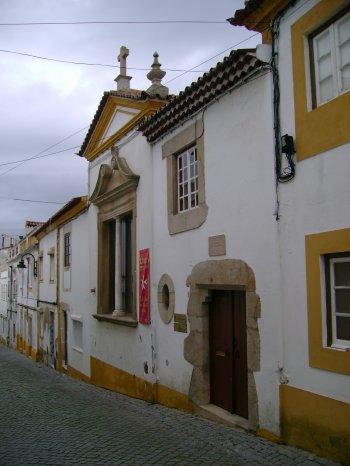Explore the best places
Heritage in Portugal
Mouraria de Moura
- heritage
Segunda Rua de Mouraria
7860, Moura
It is an urban set made up of three arteries, joined by a transversal one. In the square, the typical houses of Alentejo towns stand out (whitewashed with white lime and with cylindrical chimneys with a conical dome), preserving some examples associated with the Moorish style.
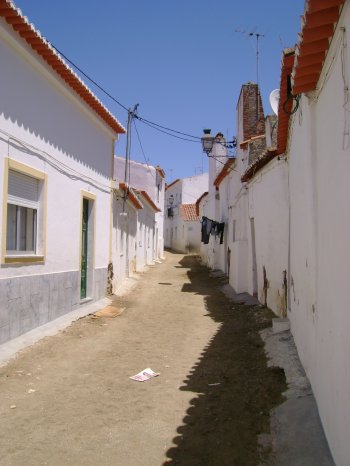
Museu Municipal de Moura
- heritage
Rua de Romeira, 19
7860, Moura
The Municipal Museum of Moura brings together various works of art, a collection of weapons belonging to different eras, tombstones, liturgical objects and archaeological pieces, especially from prehistory to Roman times.
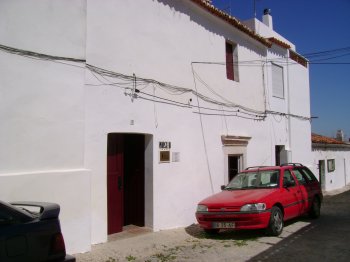
Convento do Carmo
- heritage
Avenida do Carmo
7860-195, Moura
The Carmo convent was the first of the Carmelite Order to be founded in Portugal, in 1251, by the knights of the Order of Malta. However, nothing remains of the original work, having been built again in the 16th century. It is one of the most significant monuments in Baixo Alentejo. It presents a harmonious set of Gothic and Renaissance elements, with special mention to the Renaissance portico, the vaulted chapels, the 18th century tiles and the cloister.
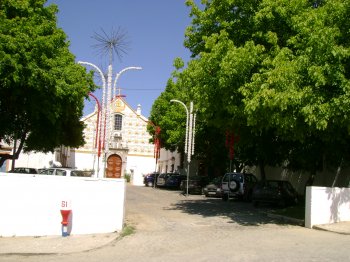
Igreja Paroquial de Santo Aleixo da Restauração
- heritage
Praça da Restauração
7875-150, Santo Aleixo da Restauração
The primitive temple was built in 1626. In 1644 it served as a refuge for the population during the Castilian offensive, and was then destroyed. Rebuilt in 1683, it was damaged again during the War of Succession. In 1733 it went from a structure with three naves to a single nave. The church, overlooking the village, has a facade with a niche and the bell tower.
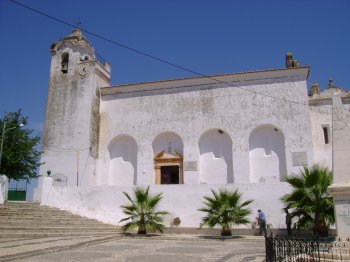
Castelo de Moura
- heritage
Calçada do Castelo
7860-009, Moura
Located on a limestone elevation, this castle has a keep dating from the time of Dom Dinis, which stands out for its volume. It was after the reconquest from the Moors that King Dinis had the castle completely remodeled, which had housed the Moors for 400 years. Later, King João I ordered the fortress to be expanded, but the War of Succession and the 1755 earthquake contributed to its state of ruin. On the southeast side there is an elbow-shaped entrance portal and a vaulted tunnel. Next to the castle there are ruins of the Convent of the Dominican Nuns …
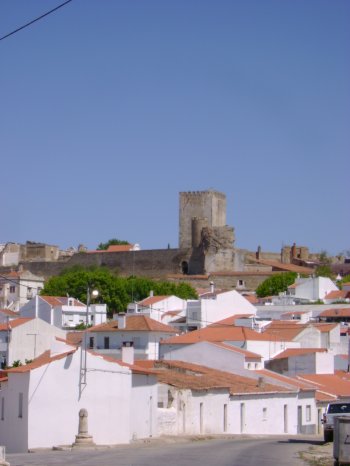
Igreja de São João Baptista / Igreja Matriz de Moura
- heritage
Praça Sacadura Cabral
7860-207, Moura
Manueline temple, built at the end of the 15th century, where the portals, 17th century tiles and stonework stand out. The unique aspect of this church is the existence of an outdoor altar, built in the 17th century.
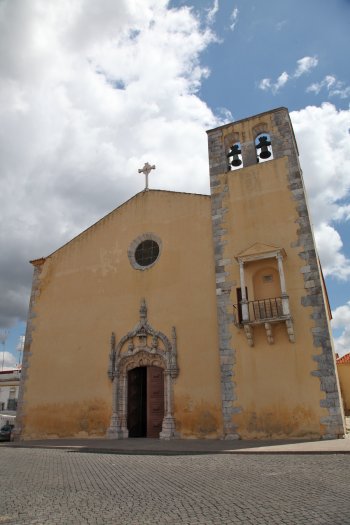
Atalaia da Cabeça Magra
- heritage
EN258
7860-354, Moura
Also known simply as Atalaia Magra, it is a semi-ruined round watchtower, associated with the defense system centered on the castle of Moura and in visual connection with the watchtowers of Porto Mourão, Coutada and Alvarinho.
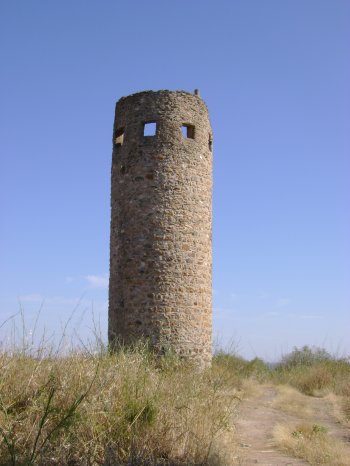
Conjunto Urbano da Mouraria de Moura
- heritage
Largo da Mouraria
7860, Moura
Housing set associated with the Moorish period, which preserves a good urban unit. It is made up of four large streets and a square with archaeological remains, where the Arab Museum is located. Constructions in mud, with reed roofs and Moorish tiles, whitewashed with white lime, highlighting the cylindrical chimneys with a conical dome.
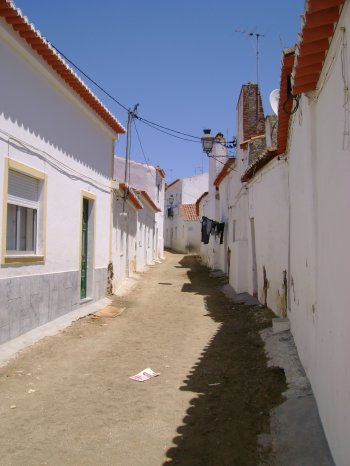
Fontes Medievais de Flor da Rosa / Fonte Branca
- heritage
Rua de São Bento
7430, Flor da Rosa
Medieval fountain that belongs to the Flor da Rosa Convent, with a quadrangular tank, stairs and granite frame.
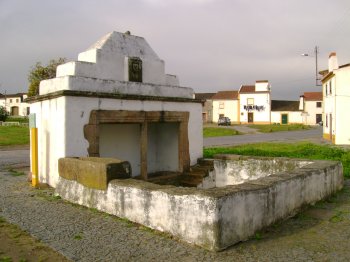
Capela de Nossa Senhora do Bom Sucesso
- heritage
Rua 5 de Outubro, 33-35
7430-137, Crato
Small chapel that is part of a building. It does not have a door to the outside as it was built to be a prison chapel. The facade has a large window with granite jambs and a central column, right lintel and interrupted pediment, decorated with volutes and shells. Of note is the altar entirely built in marble and the image of the Lady of Bom Sucesso located inside the aedicule, in a round arch, on a pedestal.
